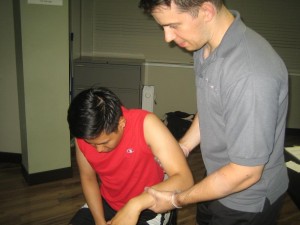Fact Checked
Overview Of Bruises
- Bruises occur when the soft tissue gets injured;
- The area around the skin gets discolored;
- Other names for bruising are Hematoma or a Contusion; and
- It can last for a few days or even months.
Causes Of Bruises
- Injuries from sports;
- Accidents, such as car accidents;
- From falling;
- A direct blow; and
- Chances increase if taking pills, such as Aspirin.
Types Of Bruises
- Subcutaneous which form beneath the skin.
- Intramuscular – situated within the core muscles.
Bruises occur when the soft tissue gets injured - Periosteal- which is a bruise that affects the bone.
How Does A Bruise Progress
- Tiny veins and vessels beneath the skin breaks;
- Blood flows and collects beneath the skin;
- Bruises initially will look red or purple;
- Within 2 days it can change to blue or black;
- After 5 days, it changes to a yellowish color;
- 10 -14 days and it will change to a brownish color;
- Eventually, it gets lighter and fades away; and
- The changing colors signifies a red cell metabolism.
Symptoms Of Bruises
- Pain.
- Inflammation.
- Changing of color.
Treatment Of Bruises
- The majority of bruises disappear within 2 weeks.
- No dressing is needed if the skin is not broken.
- Keep the bruised region elevated.
- Put cold compress on the area, about 30 minutes at a time.
- Do this for about two days.
- Never place ice directly on the bruised area.
- You can use painkillers and pills.
- Don’t drain the bruise by means of a needle.
- Don’t use the bruised part – make sure it is rested.
- For more severe injuries go see a doctor.
- If an infection occurs, see your GP immediately.
Prevention Of Bruises
- Teach kids proper safety procedures.
- Try not to fall while working around the house.
- Also put on your seat-belt when driving.
- Always wear your helmet while driving your bike.
- If you play sport, always wear protective gear.

